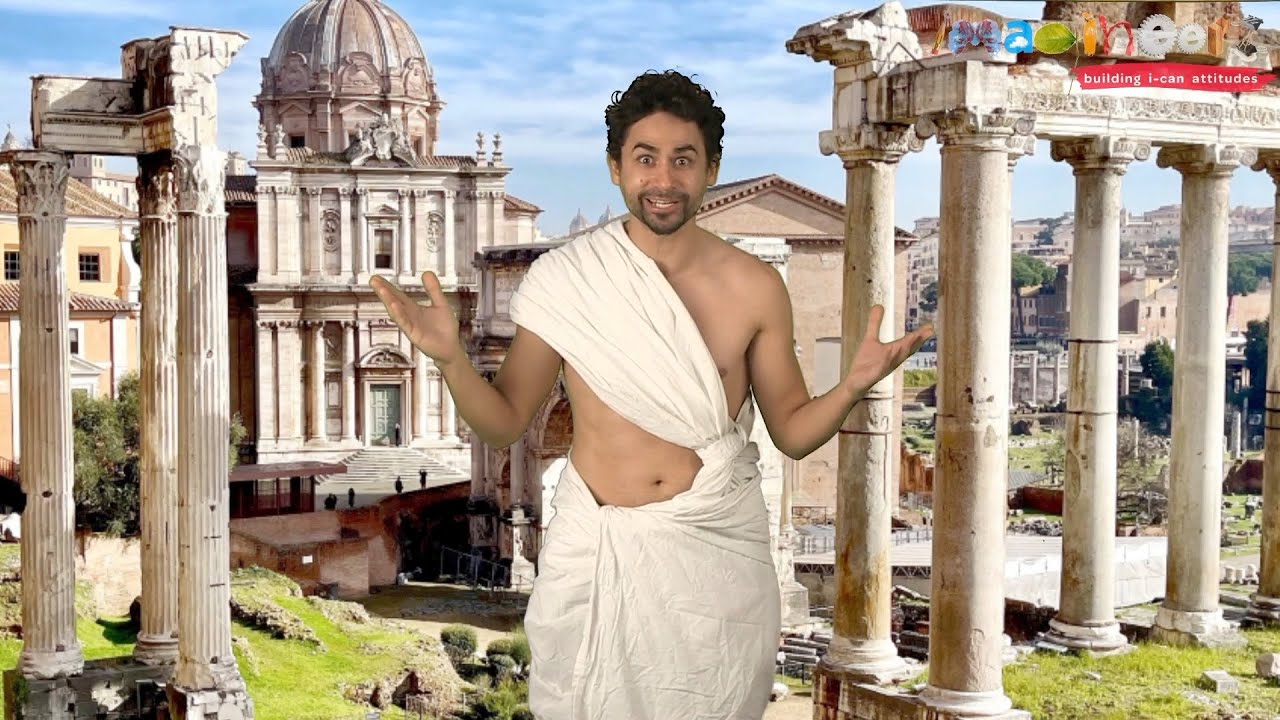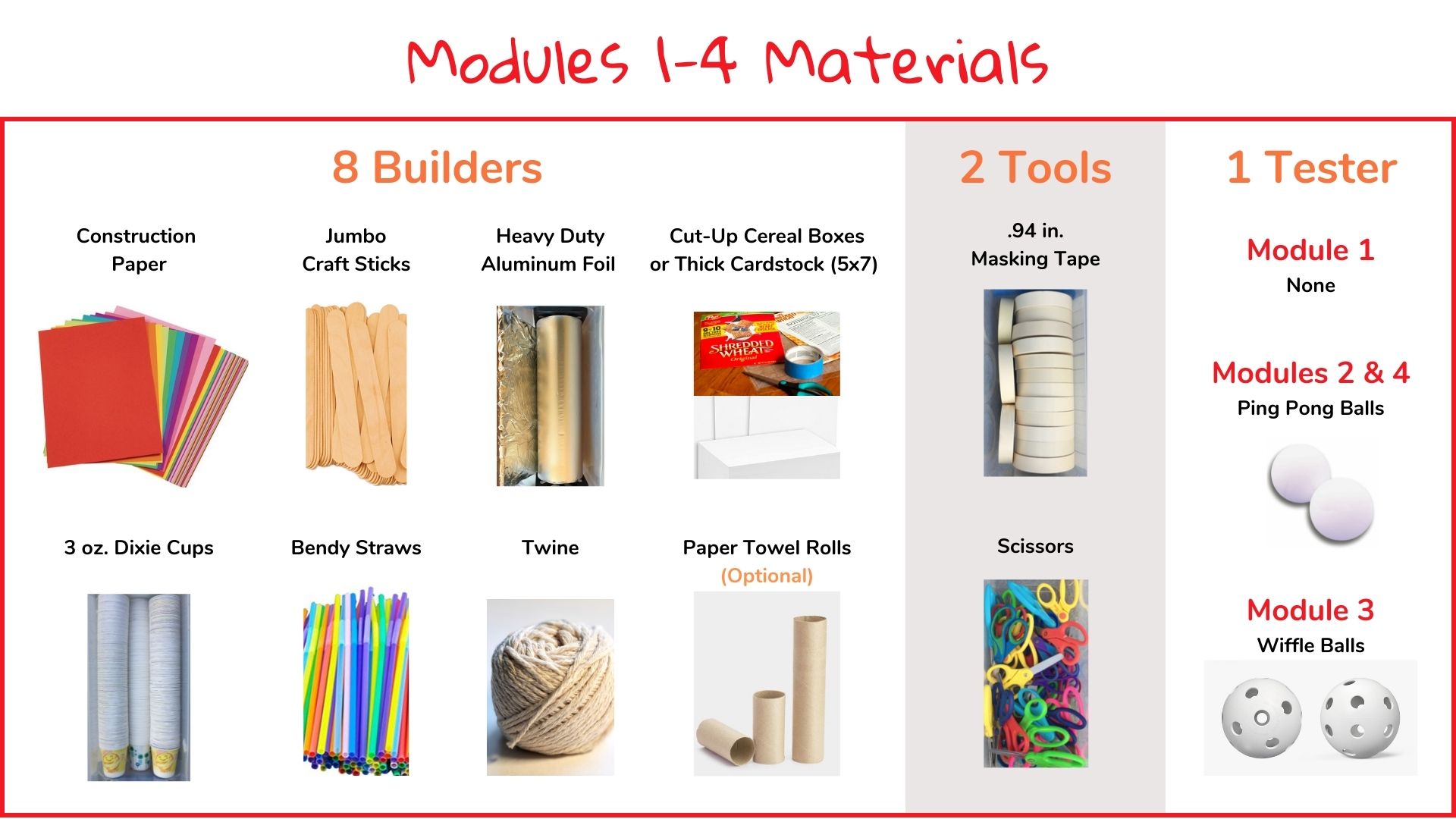STEM Challenge: Whoops!

Context for Challenge
Students embark on a journey to ancient Rome to explore how Claudius, the inventor of the aqueduct. He famously solved the city’s water shortage problem using gravity. Inspired by Claudius’s innovative solution to control the water’s flow into Rome, they must build mini aqueducts. The challenge requires students to apply their understanding of inclined planes to design a system that can transport a ping pong ball using only gravity.
Constraints and Success Criteria
The mini aqueducts must solely rely on gravity for movement and include at least two turns to simulate the winding path of Claudius’s aqueducts.
The mini aqueducts are successful if the ping pong balls, when placed at the top of the aqueducts, travel through the system and complete at least three spins before coming to a stop, demonstrating the effective use of gravity and the importance of design in controlling the ball’s speed and direction.
Materials

You need ping pong balls as testers for this challenge.
Set Up
- Prepare Materials: Ensure you have all the necessary materials ready beforehand and organize them so that they are easily accessible to students. Students should use no more than five of any one material per creation! For example, a student can use five straws and five pieces of paper, but not ten straws. If you provide aluminum foil, no more than one arm’s length piece for each student!
- Provide Guidelines and Constraints: Reiterate the challenge to students, as needed. Building time is 45 minutes!
- Model the Design Process: Before students begin, demonstrate the design process by going through the steps yourself. Discuss how to brainstorm ideas, create prototypes, test them, and make iterations based on the results, as needed.
- Encourage Collaboration: Foster a collaborative environment where students can work together in pairs. Encourage them to share ideas, help each other troubleshoot challenges, and provide constructive feedback throughout the process. But no groups of three!
- Support Adaptation: Encourage students to embrace the mindset of adaptation and problem-solving. Help them see that setbacks and failures are opportunities to learn and make improvements. Guide them in identifying areas for adaptation and brainstorming alternative solutions.
- Facilitate Reflection: Set aside time for students to reflect on their design process and decision-making. Ask questions that prompt them to think critically about their choices, challenges they faced, and what they learned from the experience. This reflection can be done individually, in pairs, or as a whole-class discussion.
- Celebrate and Showcase: Celebrate students’ efforts and showcase their work.
CASEL Discussion Questions
Five questions aligned to Social Awareness and Relationship Skills — our focus CASEL competency for Module 4 and Module 5 — for teachers to foster an engaging discussion and social-emotional learning
- How do you think people in ancient Rome felt before the aqueducts were built, and how did their feelings change after they had access to water?
- How did Claudius’ invention of the aqueduct demonstrate an understanding of his community’s needs?
- How can working with someone who has different ideas or perspectives enhance the design of your mini aqueduct?
- When faced with a challenge like the water moving too fast, Claudius adapted his plan. How did you apply this mindset to any difficulties you encounter while building your aqueduct?
- Discuss the importance of community projects like the aqueduct in bringing people together. How does working on a common goal foster a sense of community?



